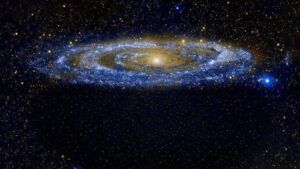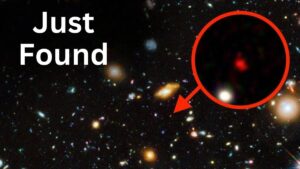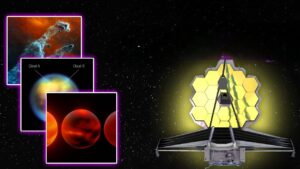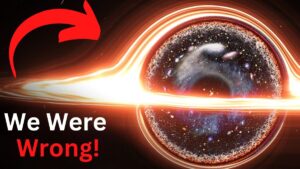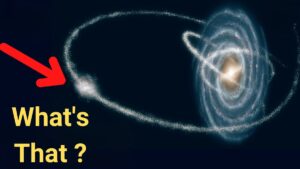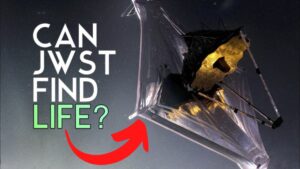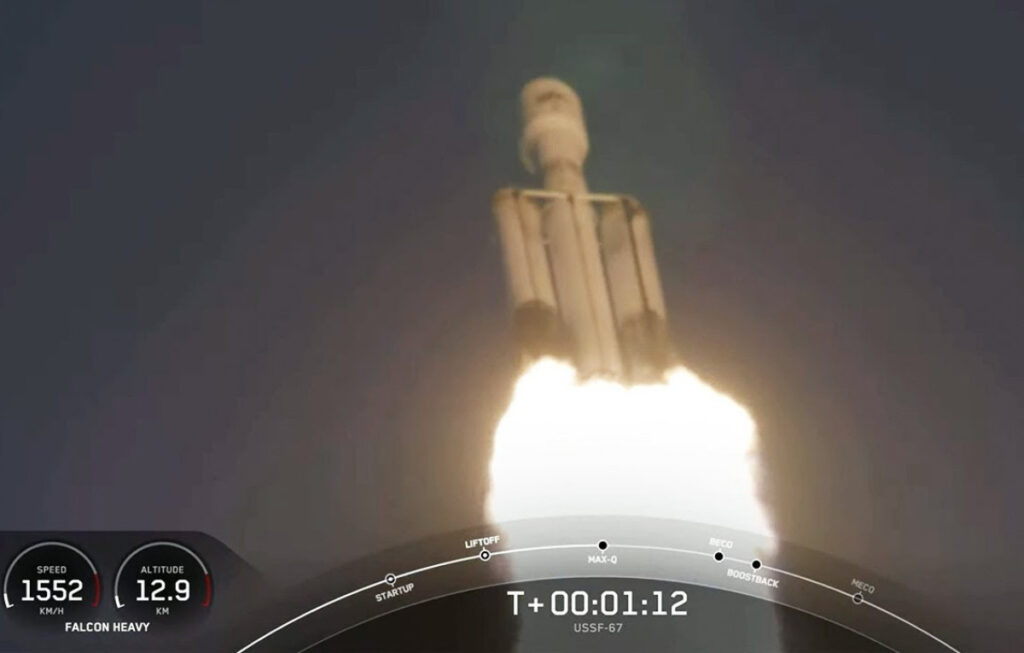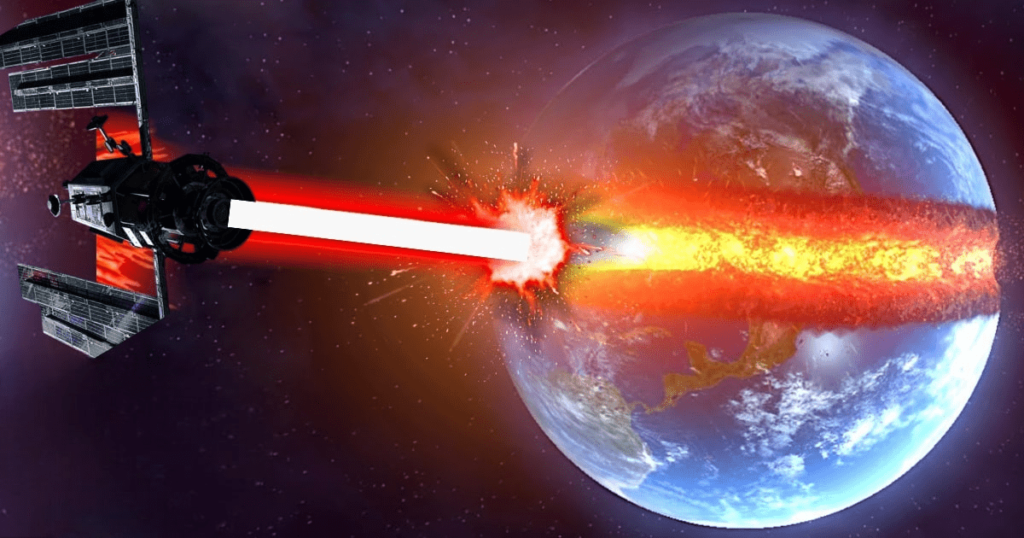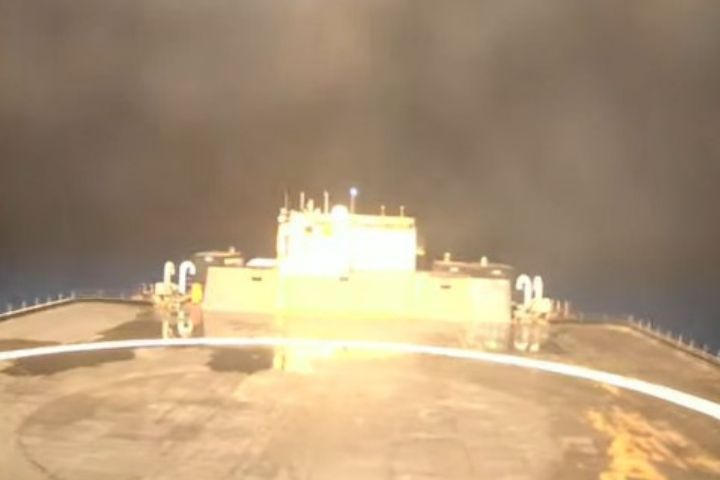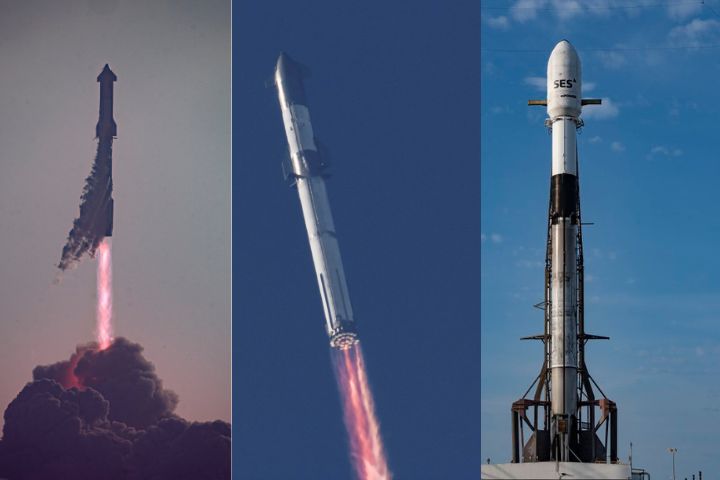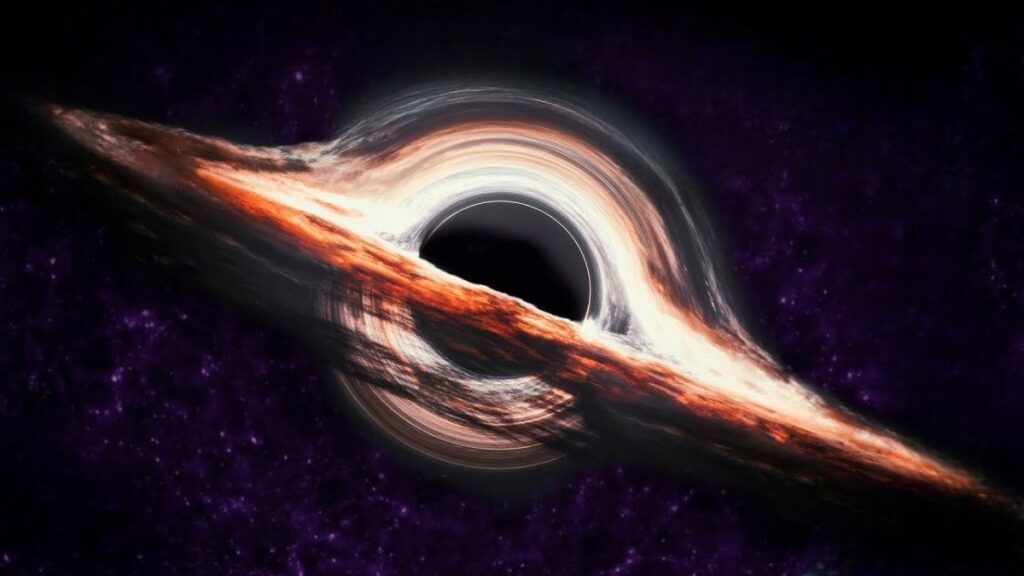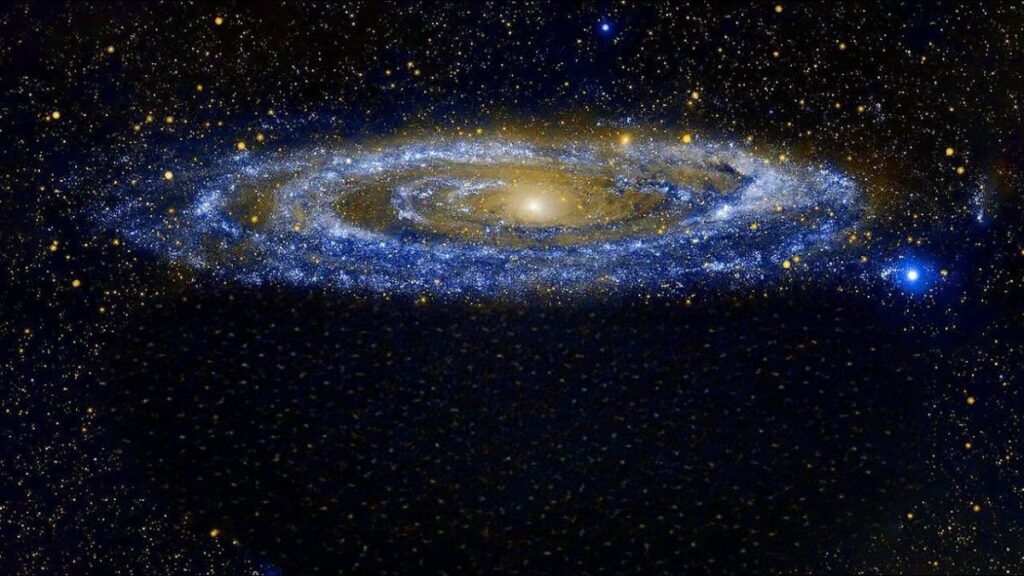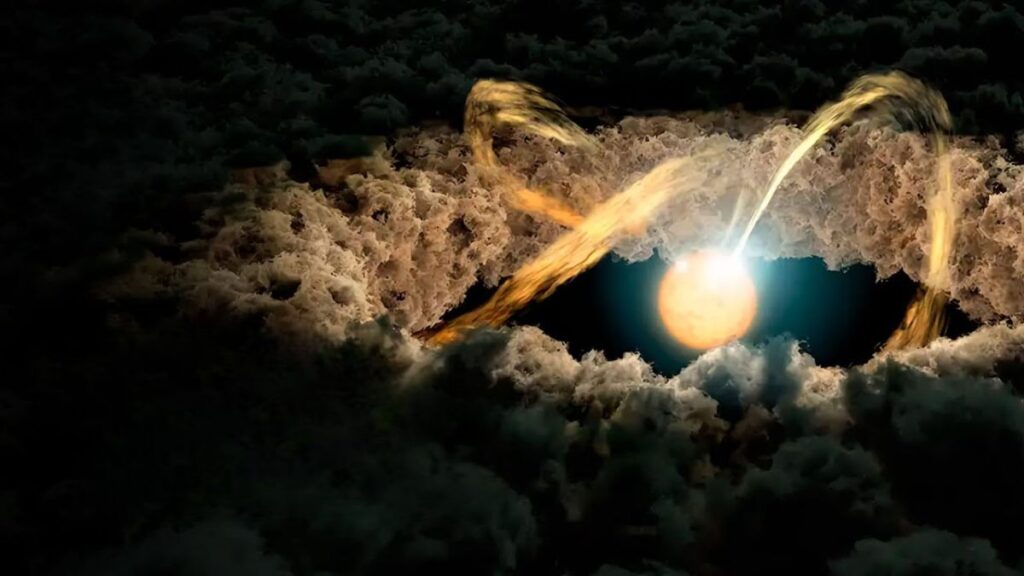
Planets, asteroids, and meteorites are held in place by stars’ strong gravitational pull.
Additionally, their fire reflects light into their galaxies’ farthest reaches.
However, how did they arrive here?
To put it another way, these amazing orbs must have originated somewhere, right?
The Milky Way galaxy has a diameter of approximately 100,000 light-years.
Additionally, it has approximately 200 billion stars.
Imagine how many stars there are in the entire universe if there are that many in our tiny patch of space.
Now, with your naked eye, you could see about 5,000 stars depending on where you look in the night sky.
Betelgeuse, Polaris, and Alpha Centauri are some of the brightest with catchy names.
Using telescopes to look further into the universe, there are simply too many stars to name.
“That is the guiding light.
What, then, is that?
Because of this, many of these are now referred to in a more general way.
like HD 28678, WASP-50, and HAT-P-23.
But you won’t just look through a telescope and name some baby stars today.
You’ll be right in the middle of it, the hot, dense middle of it.
You would need a lot of money to make this epic journey to a young star.
Additionally, not all investments are ideal.
Take, for instance, the Metaverse.
The development cost billions of dollars.
Sadly, if you had the foresight to invest in Meta, a company that was supposed to define our generation, your investments vanished.
Fortunately, there are always new means of recovering some money.
like an asset class that has outpaced the Standard & Poor’s 500 over the past 26 years, which is dominated by technology.
I’m referring to art from today.
Masterworks also means that you don’t have to be a billionaire to invest in your favorite Banksy work.
Last year, Masterworks distributed a total of tens of millions of dollars to their investors, and this was not a one-time payment.
Investors like YOU have received a profit from each Masterworks exit to date.
Simply examine this performance.
The outcome speaks for itself.
Masterworks’ offerings have sold out in minutes with over 645,000 users.
Even a separate waitlist for new users had to be created.
However, I have special access that allows you to skip it; therefore, click the link in the description immediately and begin investing in minutes.
You might just be reaching for the stars with all this money.
In the Milky Way alone, seven new stars are born each year.
Now, maybe that doesn’t sound like much.
However, keep in mind that in the billions of years that our galaxy has been around, 90% of the material needed to make stars has already been used up.
Yet, new stars continue to emerge on a regular basis.
Now, you would need to travel to one of the numerous star nurseries in the universe in order to witness their birth.
Nebulas are the name for these.
A nebula is a huge cloud of gas and dust that can be as wide as a light-year.
Therefore, board your interstellar spacecraft and set the coordinates for one of our galaxy’s most well-known stellar nurseries, which is only 1,344 light-years away.
Yes, the necessary ingredients for a star’s birth can be found here.
Gas, turbulence, dust, and gravity.
It would be like being in the clouds if you were in the middle of a nebula.
Over 200 different kinds of molecules would surround you.
There would be tiny grains of silicon and iron, gaseous hydrogen, and helium.
Also, I hope you brought some warm clothes because it would be cold in this cloud.
A spacesuit with enough thickness to withstand temperatures as low as -270 °C (-450 °F) would be required.
But rest assured.
The situation is about to get heated.
You would be hit by a blast at once.
An exploding nearby star’s ripple effect would cause this.
Additionally, it would agitate the nebula.
All it means is that the surrounding gases would begin to mix and swirl together.
The epic event for which you are here would then begin.
Dust would initially begin to clump together.
Knots would form as these clumps grew in density.
Under their own gravity, these knots would begin to collapse once they have gained sufficient mass.
Additionally, their internal temperature and pressure would rise.
Yes, these high-pressure knots would produce a dull red glow around 2,200 °C (4,000 °F).
Because that light would be infrared, you wouldn’t be able to see it.
Oh, but the fact that the temperature is beginning to rise would make you feel uneasy.
And things would continue to get hotter.
The protostar in front of you would eventually produce its first visible light rays.
Wait.
What do you smell?
No, of course not; you do not.
Spacesuit that resists heat is on you.
However, you would discover, if you could, that this hot mass of gas and dust would also smell.
It’s revolting.
But not always in a negative way.
You might detect hints of alcohol, lemon, or sweetness, depending on the mix of compounds around you.
However, be careful because your newborn star wouldn’t just be pulling things inward.
It would occasionally launch powerful jets at supersonic speeds from its poles.
When they come into contact with the gases that surround them, these would flash brightly.
The protostar would simultaneously expand and collapse under its own weight all the time.
The core would continue to heat up as a result of this.
Yes, you would witness your baby star’s first nuclear fusion once it reached the scorching temperature of 5 million °C (9 million °F).
Four hydrogen atoms would combine to form helium deep within the center of the star.
A lot of energy would be released by this.
The protostar’s pulsations would stop with all that energy.
It would eventually emerge as a star.
Now, you would have seriously lost track of time during the excitement of witnessing a star’s birth.
If the star you were looking at had formed similarly to our Sun, you would have just witnessed 50 million years pass by.
After going through all of this, you might want to get your hearing checked out.
We all know that, of course, there is no sound in space.
However, there may be a medium through which sound waves can travel in the stellar nursery, which is made up of gas and dust.
It would also be deafening if you were wondering what the sound of a star’s birth would be like.
If we could hear our own Sun, it would sound a lot like Earth was surrounded by sirens that sounded constantly.
Except for 10,000 multiplied.
a brand-new star formed by a series of violent contractions of gas heated to superheat?
Put it to rest.
Okay, your young star may continue to shine brightly for another 10 billion years now that everything has stabilized.
Perhaps you would also like to observe its demise over a prolonged vacation.
